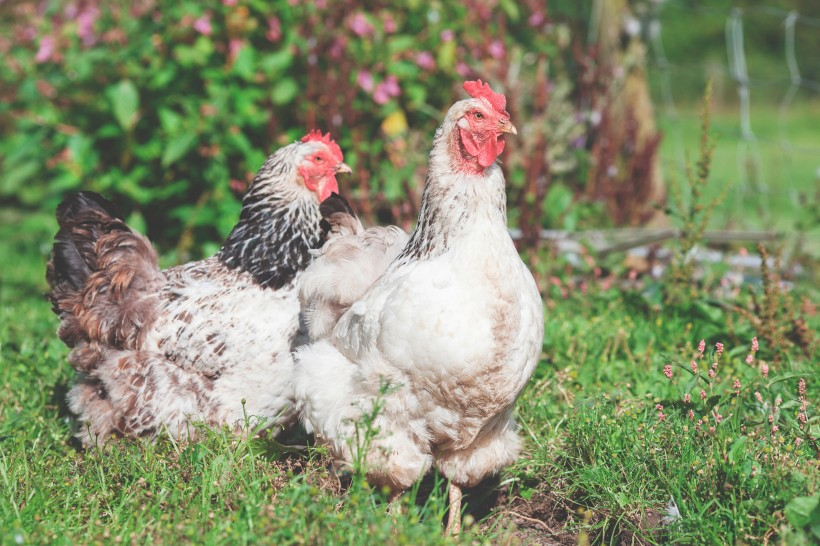Many chicken farmers believe that the higher the egg laying rate in the winter of the same year, the better. In fact, this viewpoint is unscientific because if the egg laying rate of newly produced chickens exceeds 60% in winter, the phenomenon of stopping production and molting will occur in the spring of the following year when the egg laying peak is expected. Especially for those egg type good breed chickens, during the spring season when collecting breeding eggs and breeding chicks, it will bring difficulties to breeding excellent breeding chickens and affect economic benefits. Even if newly produced chickens do not stop production in spring, it will result in low protein concentration and poor quality, which will affect the hatching rate and chick survival rate. Therefore, it is generally advisable to control the winter egg production rate of newly laid chickens between 40% and 50%.
The main method to control the egg production rate of new chickens is to adjust the proportion of protein and carbohydrates in the diet. Before laying eggs, the protein content in the feed for new chickens should be maintained at 16%~17%, and the metabolic energy should be maintained at 2700-2750 kcal/kg. When the egg production rate of new chickens reaches over 50% in winter, the protein content in the feed should be reduced to 3.5%~14.5%, and the metabolic energy should be increased to 2800-2850 kcal/kg. In the middle to late January of the following year, the protein content in the feed should be increased to 15.5% to 16.5%, and the metabolic energy should be reduced to 2700-2750kcal/kg. This not only enables the new chickens to continue to develop and mature, but also increases the egg production, which is more conducive to the breeding and development of good breeding chickens in the coming year.
Post time: Nov-05-2023





